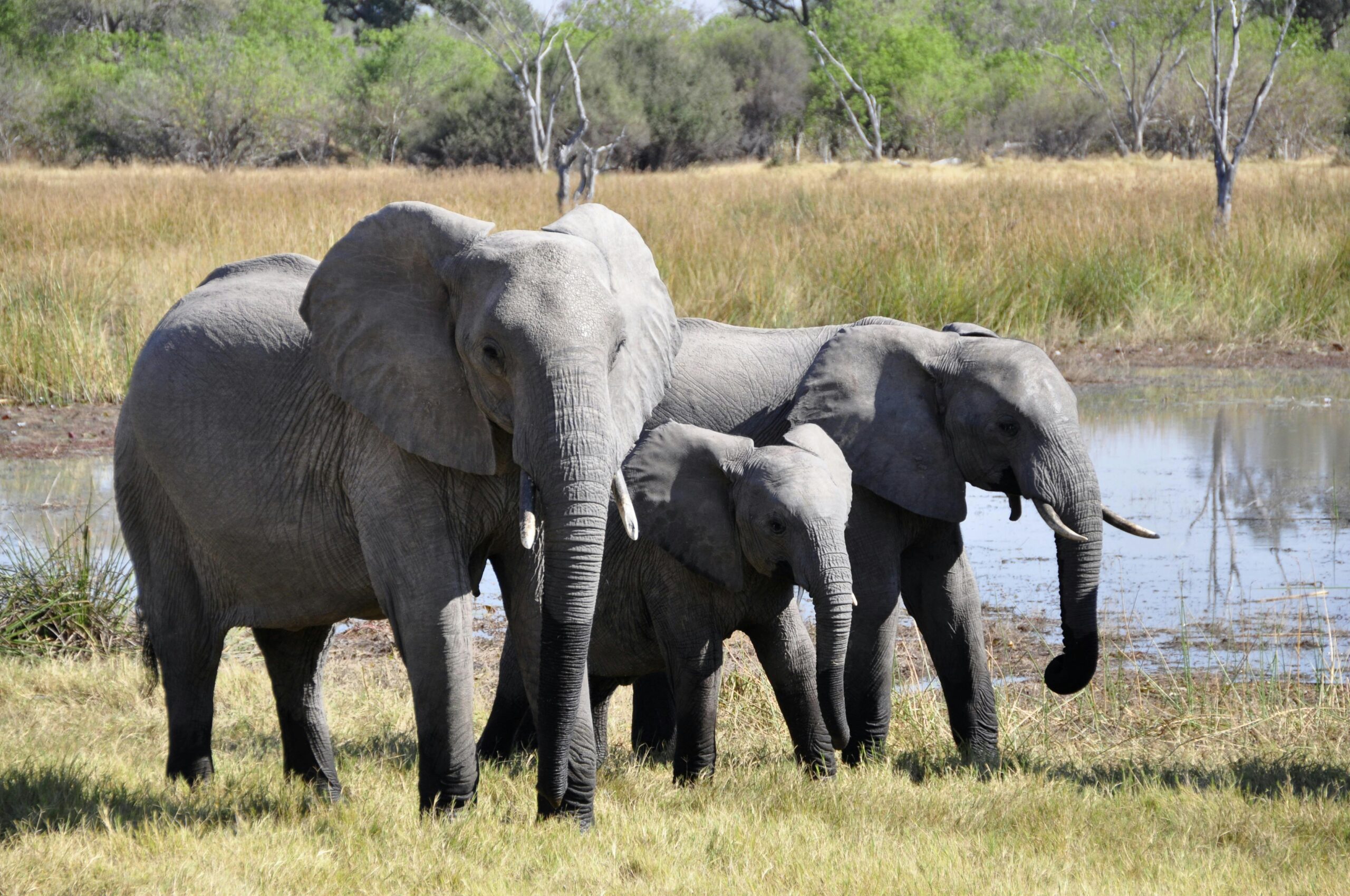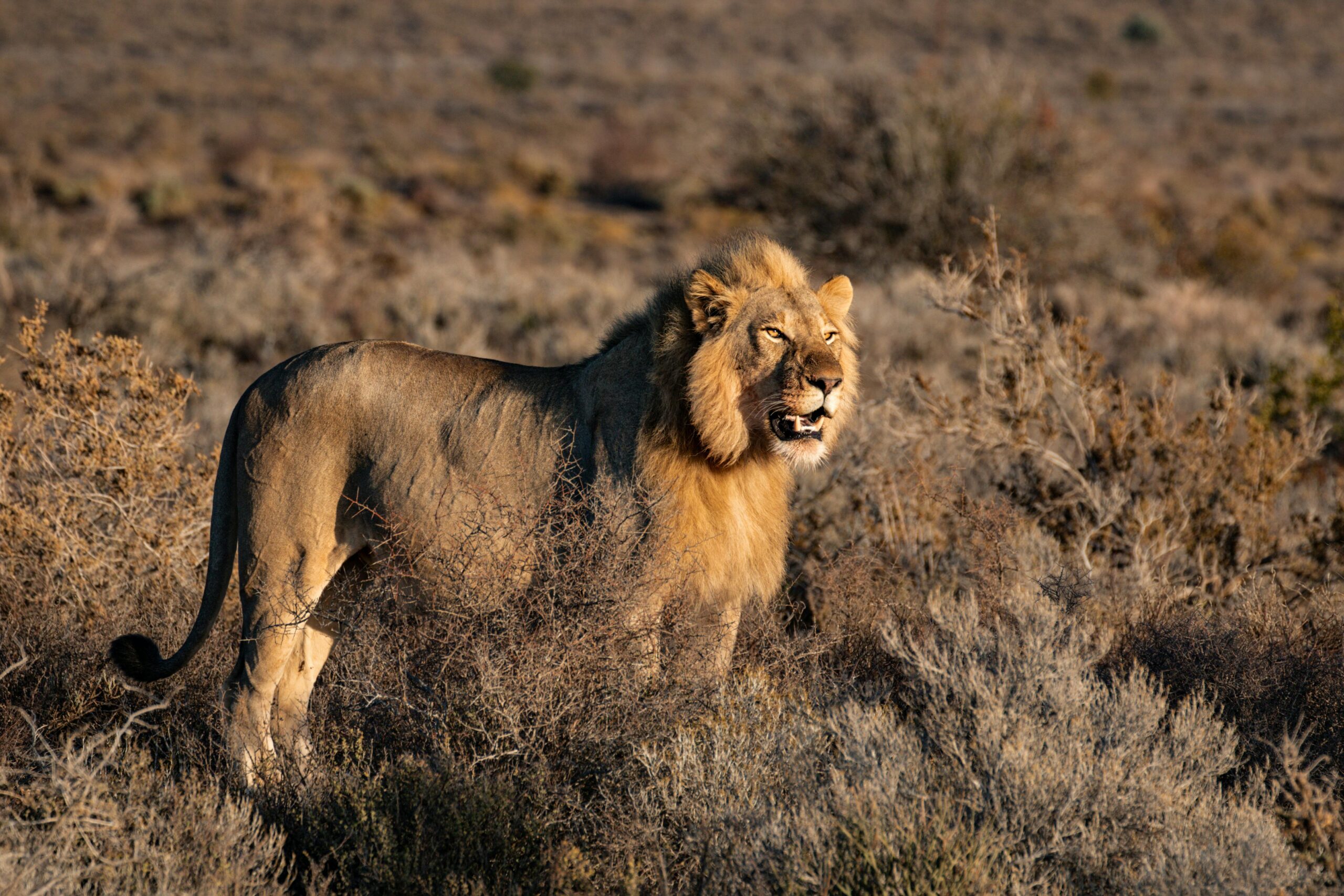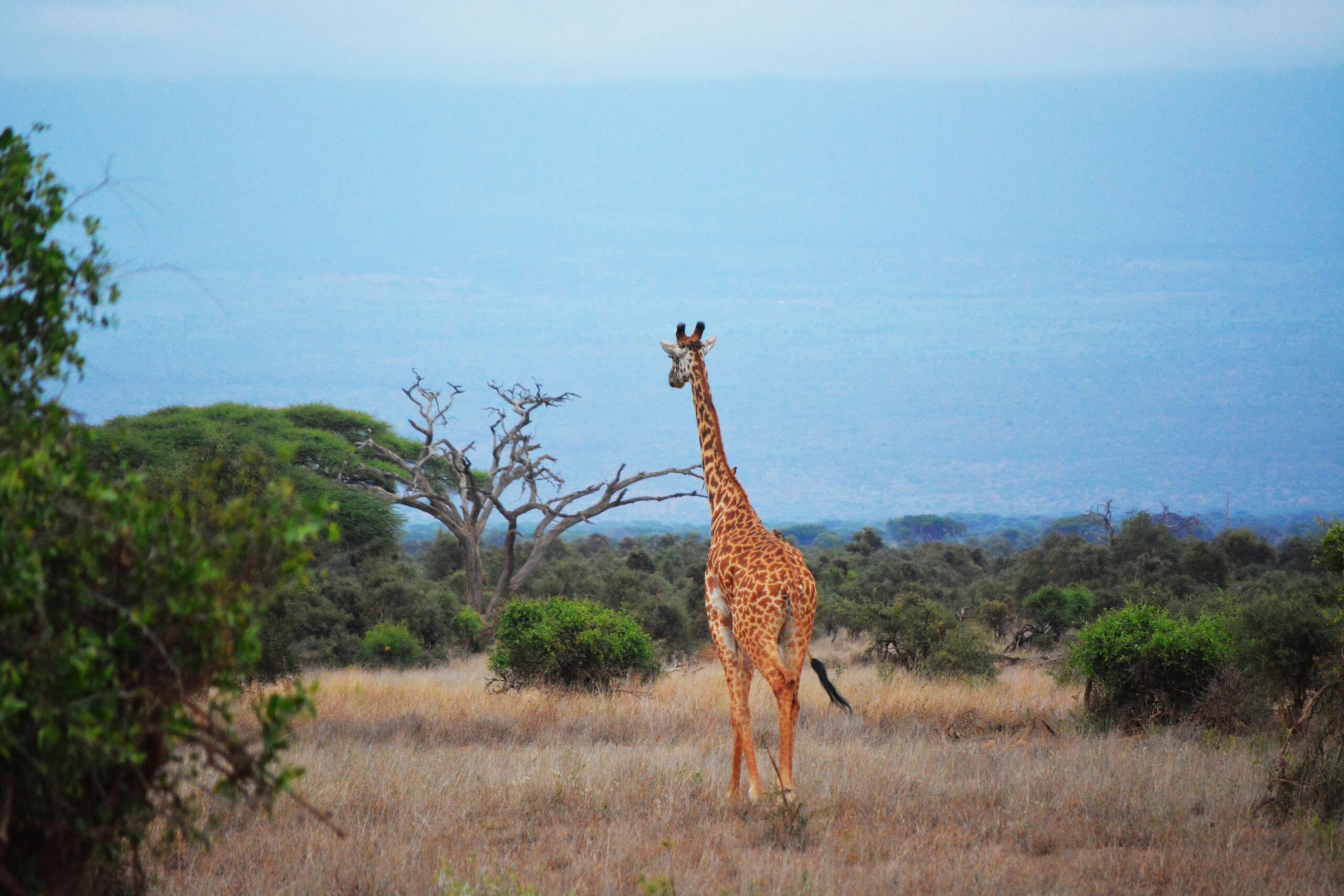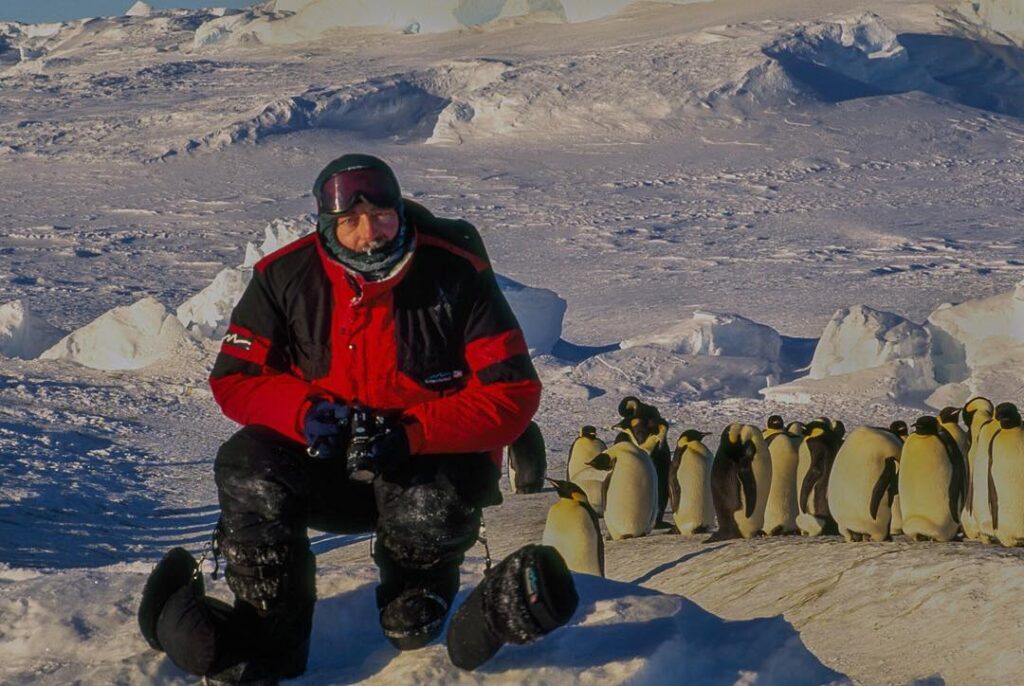Protecting Wildlife for Future Generations
Welcome to Drake Wildlife, where we protect the planet’s wildlife and habitats for future generations. From African elephants to coral reefs, we fight habitat loss, climate change, and poaching. Explore our work, learn about endangered species, and join us in making a difference. Together, we can ensure a thriving natural world—because every species and action matters.
Our Featured Causes
Discover our urgent conservation efforts to protect endangered species and restore habitats.

Stop Poaching and Habitat Loss
Elephants are facing extinction due to poaching and habitat destruction. Help us protect these gentle giants.

Save the King of the Savannah
Lion populations are declining due to habitat loss and human-wildlife conflict. Help us protect these iconic predators.

Save the Tallest Mammals
Giraffes are facing silent extinction as their habitats shrink. Support our efforts to protect and restore their homes.

Hope for Penguins
Penguin populations have been declining due to climate change, shrinking ice shelves, and overfishing. Through dedicated conservation efforts, we’ve protected critical habitats, established marine reserves, and rehabilitated vulnerable chicks. As a result, penguin colonies are beginning to recover, with some seeing significant population growth. Over 10,000 penguins have been safeguarded, and their ecosystems are slowly healing. But the work isn’t over. Join us in ensuring penguins thrive for generations to come.
Frequently Asked Questions
Support Wildlife: Visit accredited zoos, aquariums, and wildlife rehab centers to help protect endangered species.
Create Habitats: Plant pollinator gardens with native plants and avoid pesticides to support bees, butterflies, and other wildlife.
Reduce Waste: Buy secondhand clothing, minimize plastic use, recycle electronics, and cut down on paper waste.
Sustainable Eating: Eat less meat, buy local food, avoid products with unsustainable palm oil, and make responsible seafood choices.
Eco-Friendly Living: Drive less, insulate homes, unplug devices, and use cold water detergent to save energy.
Consumer Awareness: Avoid greenwashing, vote with your dollars by supporting ethical and sustainable products, and push for renewable energy policies.
More times than I care to tell my family about, that’s for sure. Over the years, I’ve had a number of close calls while on assignment. I’ve been in multiple car and truck wrecks, sometimes due to icy roads, or guides falling asleep behind the wheel in rural South America, where roads are rough and bridges are even rougher. There was also a terrifying moment in a helicopter when the engine overheated, forcing us to land on a highway. And once, I was in an airplane that nearly stalled at low altitude, with the pilot screaming in panic, which was pretty unsettling.
Though I try to avoid taking unnecessary risks, I’ve put myself in some risky situations—working at heights, in swamps, and with animals that have sharp teeth. Often, it’s been my own mistake that led to these close calls. I try to learn from them, as you can’t take more pictures if you’re dead.
While wildlife photographers like myself do experience some close encounters, most injuries or near-death experiences come from the environment rather than the animals. I’ve had Musk oxen and grizzly bears charge me, and either could’ve easily taken me down, but in reality, very few people are killed or injured by wild animals. For context, more people die from domestic dog bites each year in the U.S. than from bear attacks in all of North America.
That said, the real threat often comes from diseases. While working in Madidi, I was bitten by a sand fly infected with leishmaniasis, a flesh-eating parasite. It took several doctors and a month of chemotherapy to treat, leaving me feeling unwell for months. It was a reminder of how unpredictable both wildlife and nature can be, but also how important it is to respect them and do your homework before venturing into their world.
National Geographic assignments are intense, often spanning two or more years, entire continents, and involving 40,000 or more images. The process starts with pitching a story—something I’ve done successfully with pieces on amphibian decline and the endangered Attwater’s prairie-chicken. Once a pitch is approved, I dive into research, assembling a coverage plan and reaching out to experts, locals, and scientists to ensure I fully understand the subject before heading into the field.
On assignment, I work independently from the writer, following my own coverage plan to create visuals that complement rather than duplicate the text. Halfway through, I present a “halfway show” of my best images to National Geographic editors, who determine whether the story will proceed. After shooting, I help with the final selection, layout, fact-checking, and captions—something few other magazines involve photographers in so deeply. On an average assignment, I shoot anywhere from 20,000 to 40,000 images, but only 10 to 20 make it into print. Seeing my work published after a year of confidentiality is always rewarding, making the long process worthwhile.
My passion for conservation was sparked by a childhood book about extinct birds, particularly the passenger pigeon, whose disappearance was incomprehensible to me. Determined to prevent similar tragedies, I pursued nature photography, with my early National Geographic assignments focusing on wildlife and environmental issues.
Through my work, I witnessed firsthand the destruction of natural habitats, from relentless coastal development to pollution in the Gulf Coast. I saw the widespread impact of mosquito spraying, dead dolphins on polluted beaches, and lifeless waters in the Houston Ship Channel. These experiences reinforced my awareness of environmental devastation, highlighting humanity’s tendency to ignore the crisis.
